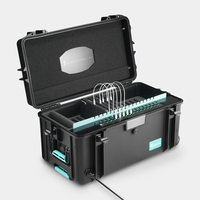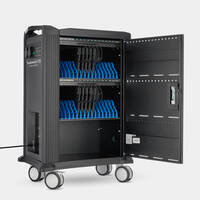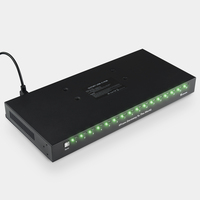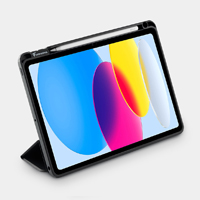Digital education, also known as technology-enhanced learning (TEL) or e-Learning, is the creative application of digital tools and technologies during teaching and learning. Exploring the use of digital technologies allows educators to create interesting learning experiences for the classes they teach, and these can be blended or entirely online courses and programs.
The phrase “digital education” is being used more and more, but frequently without a clear understanding of what it entails. It is sometimes used synonymously with e-learning, online learning, and technology enhanced learning (TEL), however it can be argued that each of these phrases refers to a different stage in the development of the subject.
Any “education that is conducted at least partially in, with, or via digital technologies” falls within the broad definition of “digital education.” This is a very wide definition that could include online-only education, blended learning (which mixes online and face-to-face training), and the use of technology in traditional classrooms.
Digital technologies are a ubiquitous element of life in the twenty-first century, whether it be online banking, social media, streaming services, or activities used specifically for business or education like email, PowerPoint presentations, and PDF handouts. The adoption of pedagogical approaches expressly geared toward digital education, as well as the usage of more overtly digital technology like the Virtual Learning Environment (VLE), can feel a little more frightening.
Why engage with digital education?
Digital education provides many opportunities to engage learners, personalise learning experiences and widen access. It can make it easier for learners and educators to actively engage both with each other (e.g. through email, IM (instant messages), video chat, online forums, social media etc.) and with learning materials.
• Accessibility: With the advent of digital education, students now have the freedom to choose their own study schedules and access information whenever and wherever they want. This could encourage lifelong learning and increase access. Students with impairments may be able to access the material, for example, by using text-to-speech software or screen readers. The availability of education to “non-traditional” students, such as those who reside far from a university campus or who have childcare or employment obligations, can also be improved through online and blended learning.
• Personalisation: The ability to customize the learning materials and/or the technology settings is made possible by the availability of learning resources in digital formats. As a result, it is simpler for the student to access and utilize the resources in a way that best supports their academic progress.
• Flexibility: The flexibility to deliver learning content in several forms, modes, or languages and to engage synchronously and asynchronously with individuals around the world are only two examples of the affordances that digital technologies frequently offer that are not available in traditional formats.
• Authenticity: Digital proficiency is currently considered to be a crucial graduate trait because it is necessary for the modern global citizen to be able to interact with the digital world.
Formcase helping for digital education at educational institutions, including colleges, schools, training businesses, school associations, and global educational technology firms.









